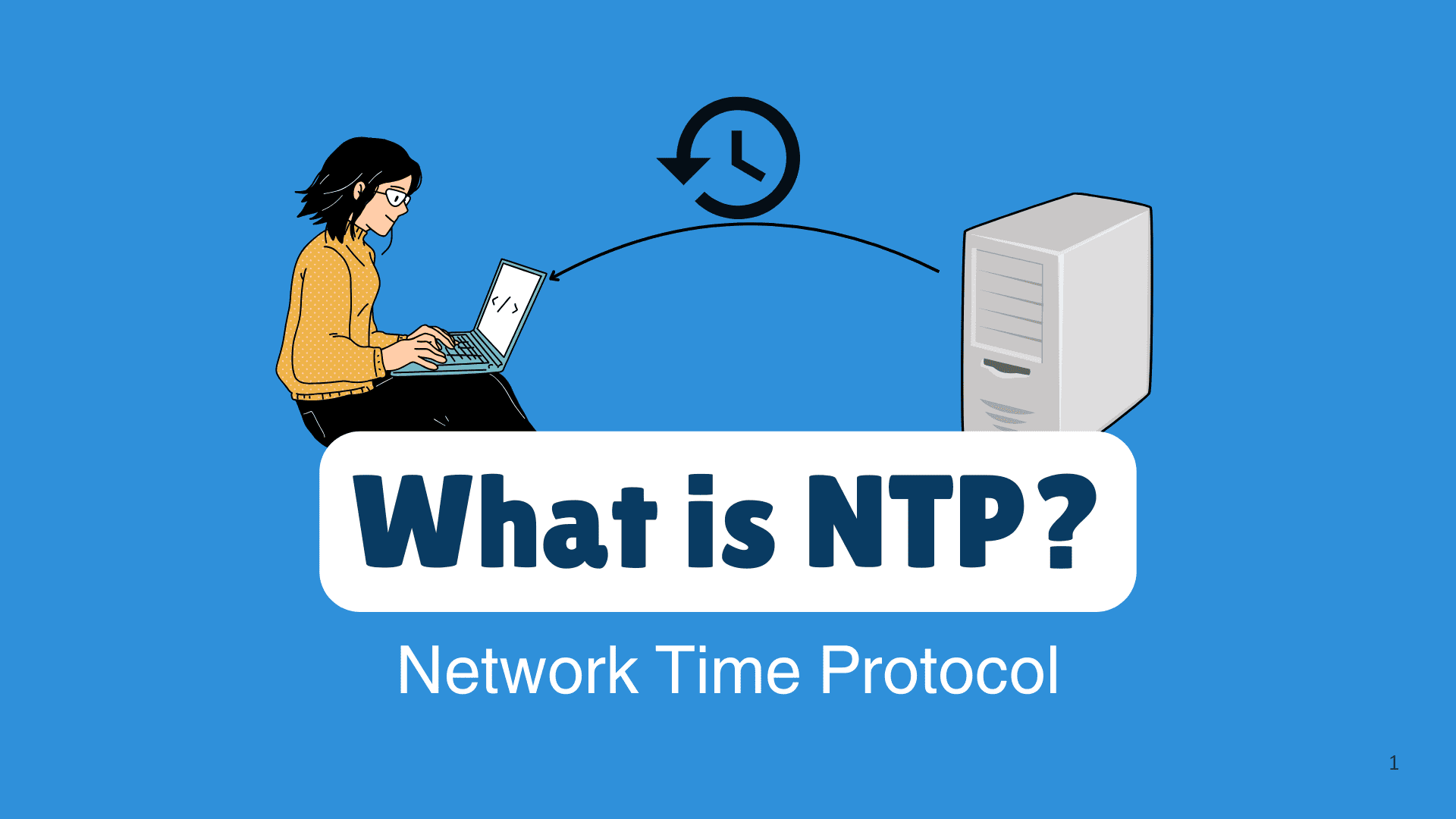
SD-WAN and MPLS are two distinct approaches to managing wide-area networks (WANs). MPLS is a traditional method that uses dedicated, private lines for routing traffic, while SD-WAN is a modern solution that leverages software to intelligently manage traffic across multiple internet connections.
In this article, we have compared SD-WAN vs MPLS to highlight their key differences. Understanding the difference between MPLS and SD-WAN will help you choose the right solution based on your organization's needs.
Further, if you are interested in learning both technologies, enrolling in our online networking courses can help you master SD-WAN and MPLS, allowing you to use them as per your requirements.
What is MPLS?
MPLS stands for Multi-Protocol Label Switching. It is used to efficiently route data across wide-area networks (WANs) by predefined paths called labels
The path labels determine the pre-established path each packet should follow, allowing routers to forward data quickly without complex IP address lookups. This results in faster, more predictable delivery.
Features of MPLS
● MPLS provides consistent and predictable network performance by using dedicated paths for data transmission.
● It minimizes delays and reduces the chances of packet loss.
● MPLS allows network administrators to prioritize traffic based on application type. For example, voice and video can be given higher priority over file downloads.
● With its low latency and high reliability, MPLS is well-suited for real-time applications such as VoIP, video conferencing, and financial transactions.
Where is MPLS Used?
1. Enterprise WAN Connectivity: Large organizations use MPLS to connect branch offices to data centers with guaranteed performance and low latency.
2. Service Provider Networks: Telecom providers use MPLS to deliver managed services like VPNs, cloud access, and traffic engineering.
3. Mission-Critical Systems: MPLS supports applications that require high availability and strict SLAs, such as ERP systems and centralized databases.

What is SD-WAN?
SD-WAN stands for Software-Defined Wide Area Network. It is a modern networking technology that uses software to manage and optimize data routing across multiple WAN connections like broadband, LTE, and MPLS.
It creates a virtual overlay on top of physical network links, allowing dynamic path selection based on real-time network conditions and application requirements. This improves performance, reduces costs, and simplifies network management.
Learn about SD-WAN with our articles
What is SD-WAN?
SD-WAN Architecture
Features of SD-WAN
● SD-WAN enables intelligent traffic routing by selecting the best available path for each application in real time.
● It reduces dependency on expensive MPLS circuits by using cost-effective internet links.
● Built-in encryption and security policies protect data across public and private networks.
● Centralized management simplifies configuration, monitoring, and troubleshooting across all sites.
● SD-WAN improves cloud and SaaS application performance by optimizing traffic flow.
Join our Online SD-WAN Course to learn about Cisco SD-WAN and prepare for the certification exam. Contact Learner Advisors to know batch timings.
Where is SD-WAN Used?
1. Multi-Branch Enterprises: Companies with multiple branch offices (e.g., retail chains, banks, logistics firms) use SD-WAN toconnect branches securely to headquarters and data centers.
2. Cloud-First Organizations: Businesses that rely heavily on cloud services (e.g., Microsoft 365, Salesforce, AWS, Azure) use SD-WAN to optimize cloud application performance.
3. Hybrid Workforces: SD-WAN supports remote employees by extending secure and optimized network access to home offices.
Difference Between SD-WAN and MPLS
The table below summarizes the important SD WAN and MPLS comparison on different parameters:
| Feature | SD-WAN | MPLS |
|---|---|---|
| Cost | Lower cost utilizes existing internet connections | Higher cost due to dedicated infrastructure |
| Flexibility | Highly flexible, easily scalable, and adaptable | Rigid, difficult to change or scale |
| Traffic Management | Intelligent routing based on real-time conditions | Fixed routing paths with predetermined routes |
| Performance | Improved multipoint connectivity, variable performance | Reliable performance with guaranteed bandwidth |
| Quality of Service | Real-time traffic monitoring and prioritization | Prioritizes essential traffic, QoS guarantees |
| Security | End-to-end encryption and additional security features are available | Generally secure but requires additional security measures |
| Management | Centralized management through a single dashboard | Managed by ISP; requires skilled resources for integration |
| Application Support | Optimized for cloud-based applications and SaaS | Ideal for traditional applications like VoIP and video conferencing |
| Deployment Time | Quick deployment and easy setup | Longer deployment times due to infrastructure requirements |
SD-WAN vs MPLS Costs Analysis
The cost of SD-WAN can range from $100 to $300 per site per month, whereas MPLS circuits can be significantly more expensive, often ranging from $300 to $1,000 per site per month
SD-WAN vs MPLS: Which Should You Use?
Both MPLS and SD-WAN offer distinct approaches to managing wide-area networks. While MPLS has long been the standard for reliable and secure connectivity, organizations are adopting SD-WAN for its agility, cost-effectiveness, and cloud-friendly architecture.
Below, we have provided situations where each of them outshines the others.
When is SD-WAN Better Than MPLS?
Deploy SD-WAN if:
●If you want to reduce costs, use SD-WAN as it significantly reduces expenses by leveraging existing internet connections rather than relying on the expensive, dedicated lines required by MPLS.
●If you need a flexible and scalable network, choose SD-WAN. It allows for easy scaling and adaptation to changing needs, unlike the rigid structure of MPLS.
●For better application performance, opt for SD-WAN. It optimizes traffic routing based on real-time conditions, enhancing performance compared to MPLS’s fixed paths.
●If you require better network insights, go with SD-WAN. It provides enhanced visibility and control, enabling quicker issue resolution than MPLS.
●To reduce latency and improve user experience, select SD-WAN. It enables direct access to cloud applications, unlike MPLS, which often requires backhauling traffic through a central data center.
When is MPLS Better Than SD-WAN?
You should choose MPLS for:
● Enhanced security as it provides a private network that is inherently secure, offering better protection for sensitive data compared to SD-WAN's reliance on public internet connections.
●Using real-time applications like voice and video, opt for MPLS. It maintains quality through dedicated bandwidth and prioritization.
● Maintaining consistent performance and reliability, as it offers service level agreements (SLAs) that ensure these qualities, which are vital for mission-critical applications.
● Simplifying operations with expert support, as these networks are managed by service providers, providing a level of expertise that can ease management for organizations.
Conclusion
Choosing between SD-WAN and MPLS depends on your organization’s priorities, whether it's cost-efficiency, cloud readiness, or guaranteed performance.
MPLS remains a reliable option for mission-critical applications requiring low latency, while SD-WAN offers greater flexibility, scalability, and cost savings for modern, cloud-centric networks.
By evaluating your business needs and future growth plans, you can make an informed decision that aligns with your digital transformation goals.

Himanshu Sharma is a highly professional Network data engineer and IT trainer. He is working in IT industry since more than 10 years. He has worked with top global companies like IBM, Wipro, TCS, HCL, etc. His experience in these top companies makes him one of the most successful network engineer in industry. Himanshu has done wide range of ...
More... | Author`s Bog | Book a MeetingFAQ
Comments (0)
Popular posts


Different Types of Network Topologies ...
10 Nov 2025
CCNA Exam Fees and Expenses Breakdown
25 Aug 2025
New Cisco CCNA Syllabus for 2025
8 Nov 2025
What is a Cloud Service Provider and Top ...
7 Nov 2025Recent posts

What are the AWS Specialty ...
25 Nov 2025
What are the Best Cloud Computing ...
25 Nov 2025
What is Network Time Protocol and Where ...
21 Nov 2025
What Are the Best CI/CD Tools in 2025? ...
17 Nov 2025.png)
How to Configure WAN Cloud Components - ...
14 Nov 2025Upcoming batches
Contact learning advisor










